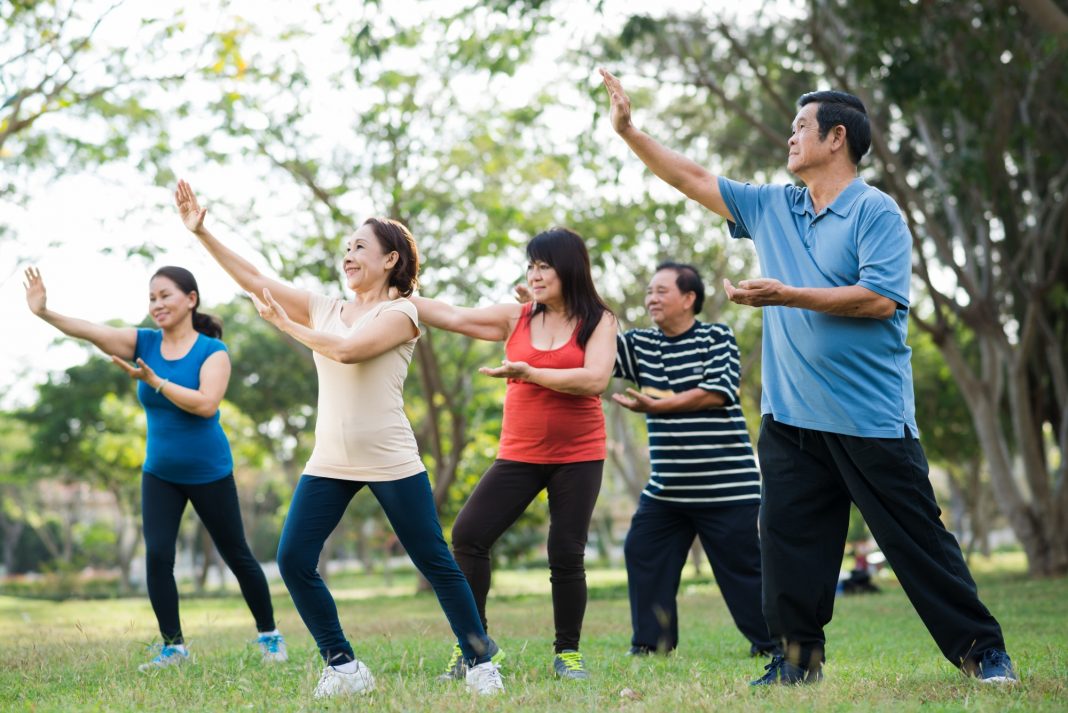According to a new randomised controlled trial published in the Annals of Internal Medicine, tai chi, also known as ‘meditation in motion’, is about as effective as conventional exercise for reducing waist circumference in middle-aged and older adults with central obesity.
Tai chi is practiced in many Asian communities and is becoming increasingly popular in Western countries, with more than two million people reportedly practicing it in the United States alone.
While tai chi is known to be a suitable activity of older adults or those who have not previously been active, research into its health benefits is limited – until now.
The study
To determine the health benefits of tai chi, researchers from the University of Hong Kong randomly assigned more than 500 adults over 50 years of age with central obesity to a regimen of tai chi, conventional exercise or no exercise for three months.
Participants in the tai chi and exercise groups met for instructor-led workouts for one hour, three times a week for 12 weeks.
The tai chi program consisted of the Yang style of tai chi, which is reportedly the most common style adopted in the literature. The conventional exercise program consisted of brisk walking and strength training activities.
Waist circumference and other indicators of metabolic health were measured at baseline, 12 weeks and 38 weeks.
Study findings
With central adiposity (or weight carried around the midsection) being a major risk factor for the metabolic syndrome, it’s important to learn about ways to help reduce weight carried around the middle through diet and lifestyle, to improve long term health outcomes.
And now, as a result of this study, tai chi may be another way that people can achieve these goals.
In this study, the researchers found that both tai chi and conventional exercise reduced participants’ waist circumference relative to control.
This reduction in waist circumference was also found to have a favourable impact on HDL-cholesterol, or so-called ‘good’ cholesterol, but reportedly did not translate into detectable differences in fasting glucose or blood pressure.
Implications for community pharmacy
According to the study authors, the findings of this study are good news for middle-aged and older adults who have central adiposity but may be averse to conventional exercise due to preference or limited mobility.
For more information and to read the study, visit: acpjournals.org/doi/10.7326/M20-7014.






